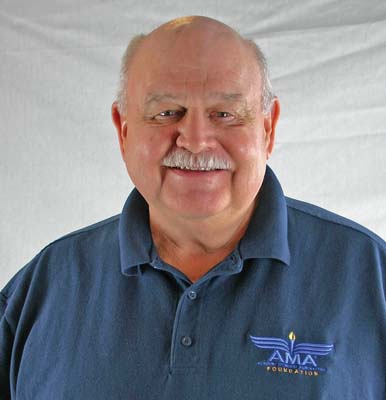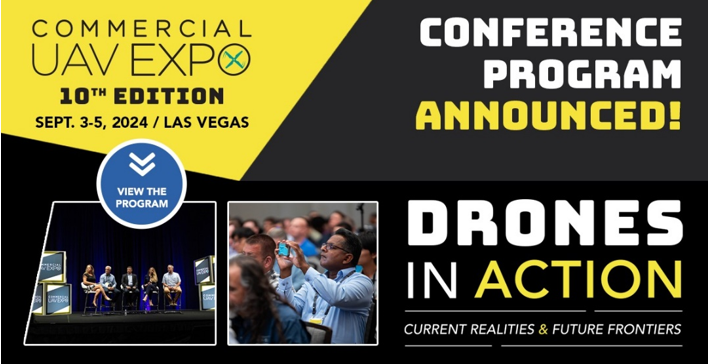Expert views on navigating the skies lawfully
Jeffrey Antonelli, Antonelli Law
With a legal background in corporate outside counsel, civil litigation, insurance defense, and intellectual property and drone/UAV law, Jeffrey began flying radio-controlled aircraft several years ago, which lead him to research new technologies, including first-person viewing (FPV) and drones.
What about privacy issues? If I’m flying my multirotor in my neighborhood and filming, is anything off-limits?
Clearly, if you are flying your multirotor in the neighborhood and filming, you would be well-advised not to obtain images of residents within areas inside or outside their home if not normally viewable from the ground. For example, it could be argued that a neighbor sunbathing next to the pool in their backyard with an opaque fence feels they reasonably expect to have privacy. So, hovering above the top of the fence and peering in with your camera may land you in court — even if you never publish the images. If you do publish the images, such as posting the footage on YouTube, you can expect to be sued. Whether a court will uphold these lawsuits if [they are] challenged is unclear, and may depend on state to state differences.
In addition to the civil lawsuits possible from invasion of privacy, criminal laws may apply as well. Think “peeping Tom.” Nobody — child or adult — should risk an arrest. Again, common sense, safety, and manners go a long way.
Am I allowed to use my multirotor to help my business?
In the FAA’s view, all uses of multirotor aircraft for commercial purposes are currently banned, including journalism, filmmaking, aerial photography, real estate marketing, etc. In addition, other state and local laws, far too numerous to include in this article, must also be observed.
Once new FAA regulations are in place, we still will not have complete certainty. State and local laws are being created as you read this article, and battles will likely be fought over the doctrine of federal preemption, which basically states that state and local laws are overruled when the federal law, such as FAA regulation, is specific enough to the issue at hand.
Rich Hanson,
Academy of Model Aeronautics (AMA) Public Relations & Government and Affairs Representative
An aviation professional with a 50-year career in full-scale aviation and over 7,000 hours as a commercial pilot in airplanes and rotorcraft, Rich Hanson has also served as the AMA government affairs representative since May 2008.
What is the current ruling for flying multirotors commercially?
FAA’s current policy states that “operators who wish to fly an unmanned aircraft for civil (commercial) use must obtain an FAA airworthiness certificate the same as any other type aircraft.” The FAA is currently only issuing special airworthiness certificates in the experimental category, and only for the purposes of research and development, marketing surveys, or crew training. Commercial unmanned aircraft systems (UAS) operations are extremely limited; to date, only two types of UAS have been certified for civil operations, and they can only fly in the Arctic.
What kinds of protection do AMA members who fly multirotors have?
The AMA views multirotor aircraft as one of the many facets of model aviation, and advocates at the federal and state level on behalf of the entire aeromodeling community. Pilots operating multirotor aircraft within the AMA’s Safety Program are afforded the safeguards from onerous regulation established in the Special Rule for Model Aircraft provided by Congress as part of the FAA Modernization and Reform Act of 2012. Our members are also provided $2.5 million in insurance protection to cover their personal liability when flying for hobby purposes.
Does it matter where they’re flying?
AMA’s government relations outreach and personal liability insurance covers its members wherever they fly in all 50 states and in U.S. territories.
Brendan Schulman,
Kramer Levin Naftalis & Frankel LLP
The head of the UAS practice at a New York law firm, Brendan has been a model airplane enthusiast for 20 years. He is defending the first federal case ever involving operation of a commercial drone in the U.S.
What’s the significance of the recent National Transportation Safety Board legal decision on commercial drone operations?
In the Pirker case, we argued that the FAA’s ban on commercial drone use was merely a policy statement, not a binding regulation issued pursuant to the required procedures. The administrative law judge at the NTSB agreed. That decision is currently on appeal but it provides some hope that commercial use will finally move forward, after years of delay.
Is there restricted airspace under the 400-foot level? If so, where would these commonly be located?
Restricted airspace exists in many areas of the country, especially around airports and military test sites. There is currently a prohibition on all model aircraft activity within a 30-mile radius of Washington, D.C. that dates back to the 9/11 attacks. Also, flying is prohibited in locations where the President is visiting. If you are unsure, you should contact the Academy of Model Aeronautics (modelaircraft.org) or your local FAA office.
What is the Federal Aviation Administration?
The FAA is the U.S. government agency that’s responsible for the safety of civil aviation. It has the authority to regulate and oversee all aspects of the National Airspace System and civil aeronautics.
What does the FAA control?
The FAA is responsible for the safety of U.S. airspace from the ground up. This misperception that the FAA doesn’t control airspace below 400 feet may originate with the idea that manned aircraft generally must stay at least 500 feet above the ground.
Are commercial multirotor flights OK if I’m over private property and stay below 400 feet?
You may not fly a UAS for commercial purposes by claiming that you’re operating according to the Model Aircraft guidelines (below 400 feet, 3 miles from an airport, away from populated areas). Commercial operations are only authorized on a case-by-case basis. A commercial flight requires a certified aircraft, a licensed pilot, and operating approval. To date, only one operation has met these criteria, using Insitu’s ScanEagle, and authorization was limited to the Arctic.
How does the FAA monitor commercial UAS operations?
The FAA has to prioritize its safety responsibilities, but the agency is monitoring UAS operations closely. Many times, the FAA learns about suspected commercial UAS operations via a complaint from the public or other businesses. The agency occasionally discovers such operations through the news media or postings on Internet sites. When the FAA discovers apparent unauthorized UAS operations, the agency has a number of enforcement tools available to address these operations, including a verbal warning, a warning letter, and an order to stop the operation.
By: Team Rotordrone






















